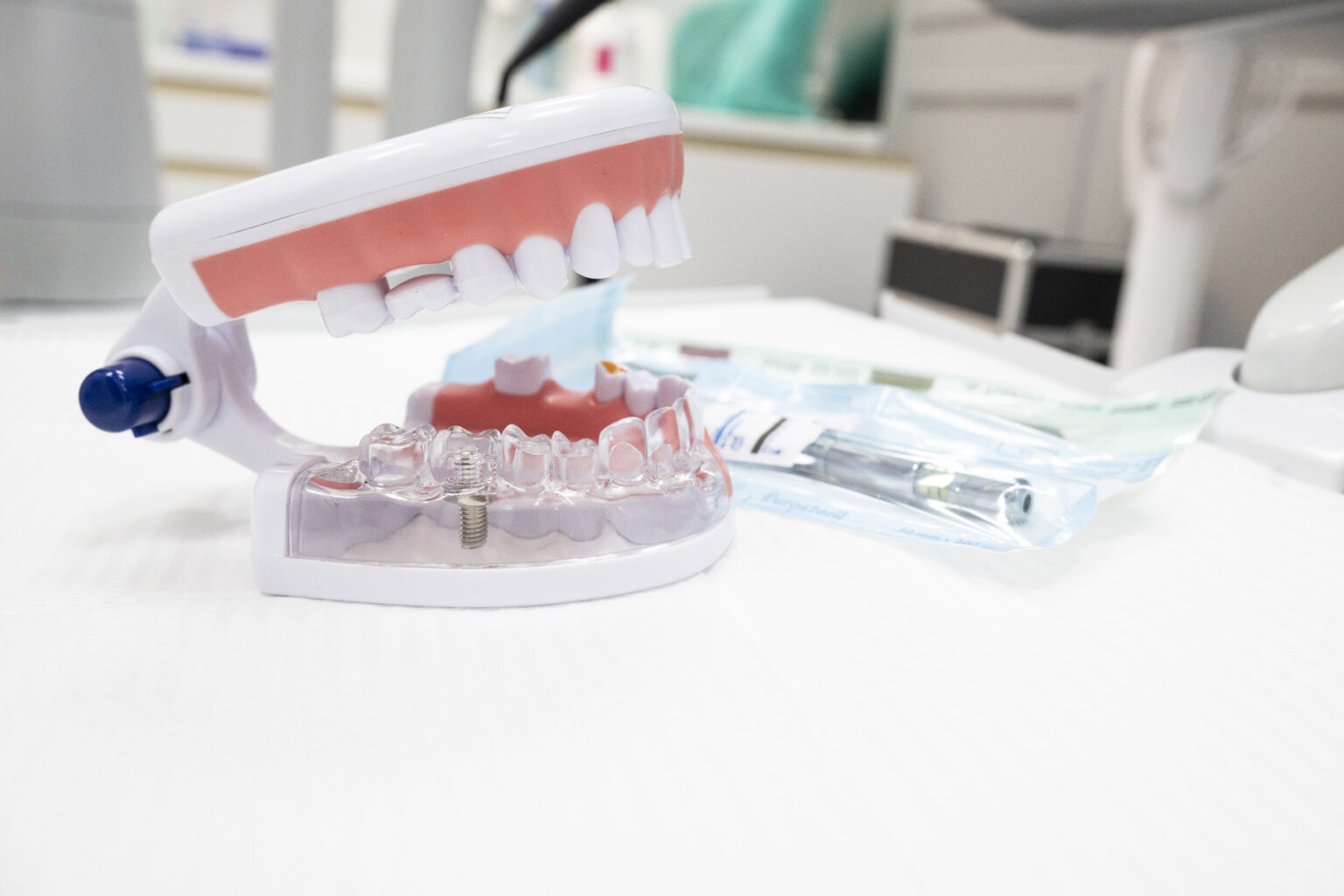Plomba is a colloquial term for a dental filling used in cases of cavities caused by tooth decay. After appropriately preparing the diseased tissues of the tooth by removing the infected area with a drill, the dentist must carefully fill the space with an appropriate substitute material, which is the filling. There are various types of tooth fillings, each with its own characteristics and uses. It is based on the conducted dental examination that the dentist decides which type of filling will be most suitable and provide optimal functionality.
Types of Tooth Fillings
Dentistry and cavity treatment through tooth filling is a method that has evolved over the years. The origins of this practice date back to the 7th century, although the exact date of the inception of this concept is unknown. Fillings first appeared then, and over the centuries, various materials, including even gold, were used. Despite the difficulties in processing this material, alternatives were constantly sought – substances that were more economical and easier to shape. Currently known dental amalgam fillings, or their equivalents, emerged at the end of the 19th century. Since then, dentistry has undergone significant development, and there are many types of fillings. Below are a few of them:
Amalgam Fillings
These are older types of fillings, now rarely used in private dental practices. Amalgam does not provide aesthetic filling or a tight connection with tooth tissues, which can lead to the development of decay. Additionally, preparing the tooth for amalgam filling must be more extensive and deeper than with modern materials.
Composite Fillings
These are the most popular and commonly used. Their popularity stems from good sealing and aesthetics. They are available in different colors, allowing dentists to match them to the natural shade of the tooth. Composite fillings can be easily shaped, giving them the desired shape and appearance. The shaping process takes as long as needed, because the composite hardens under the influence of a polymerization lamp.
Glass Ionomer Fillings
These are most commonly used in children and in adults for small cavities. Their advantage is the content of fluoride ions, which additionally protect against decay. However, they are prone to discoloration and have greater fragility. Glass ionomer cement is also used for fixing orthodontic brackets.
Porcelain or All-Ceramic Fillings
These are porcelain crowns used for larger cavities, endodontic treatment, or tooth damage. All-ceramic crowns offer an aesthetic and durable solution in prosthetic treatment.
Conservative tooth treatment, regular hygiene in the dental office, and proper home hygiene are the foundation of healthy teeth for many years. Thanks to a wide range of anesthetics, the process of filling cavities is now practically painless, and the materials used, as well as the quality and tightness of the fillings, allow you to enjoy healthy teeth for a long time.
